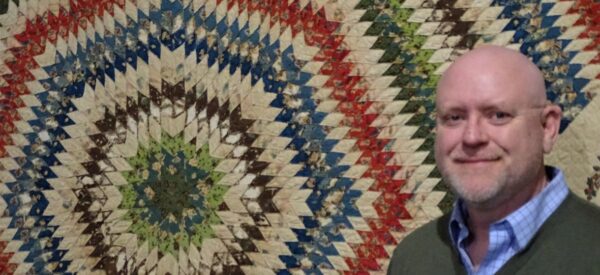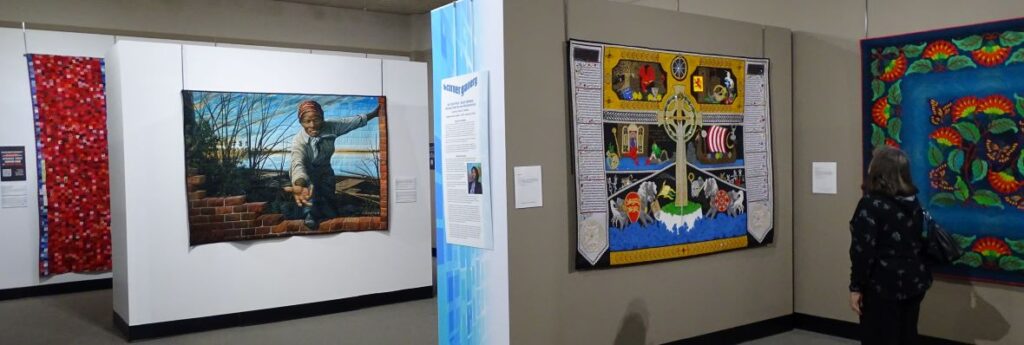Paducah, Kentucky’s National Quilt Museum is a stitch in time, but not the time you might expect. Dedicated to advancing the work of modern quilters, elaborate artifacts on display in the venue are not your grandmother’s blankets.
Indeed, the contemporary fibre arts museum displays works as the pieces of art they are, not merely couch or bed covers. And while some do follow American folk-art traditions, others depict modern sensibilities, including black civil rights statements.
Founded in 1991 in Paducah – a town of 20,000 halfway between St. Louis and Nashville – and one that embraces its self-proclaimed title of “Quilting Capital of the World” – the museum only collects and displays contemporary quilts created after 1980.
Like tapestries hanging in European stately houses or castles, many of the quilts tell stories or offer special messages (not unlike street art), such as one that declared: “Stop the war on women.”
Museum CEO Matt Collinsworth says social commentary in quilts is nothing new and that even traditional quilting could be “a little subversive.” Quilts made by slaves were known to include secret messages in the patterns.
As a rural art form, quilts were practical items for poor families, but also provided the only colour in austere homes, as well as providing a sense of artistry that otherwise would not have been possible.
It was during a handicraft revival in the 1960s that quilts moved “from bed to wall” and began to be seen as art. And in the 1990s, pictorial art began to be explored.

Such developments illustrate the advancement of quilting beyond its traditional roots, he notes, not least through changing techniques enabled by new technologies.
More than a million people have visited the museum since its inception, about 30,000 per year to see, on average, 100 to 200 pieces curated from a rotating collection of about 700 quilts. There are also travelling exhibitions, and related items like quilt jackets.
Collinsworth says the museum – considered one of the best small venues in the US – is certainly on the bucket list of many “quilt folk” but laughs that half of visitors are simply cultural travellers, many of them men who are dragged in by their wives, but who ultimately discover “this is very interesting!”
Plenty of Canadians visit the museum, Collinsworth adds, not least during the annual Quilt Festival, which sees the town’s population more than double in size as quilters from around the world descend on Western Kentucky every year at the end of April (Australia historically generates the most visitors outside the US.) In 2023 the festival will be held the April 26-29.
Collinsworth, who grew up watching his grandmother make quilts, says he could never have imagined that in later years he would preside over a museum dedicated to displaying “the best of the best” in contemporary quilting and celebrating its practitioners – artists who are “carrying the tradition forward.”
“The folk traditions are still there and that’s very important,” Collinsworth continues. “But there’s innovation in quilting… And that’s very exciting.”

